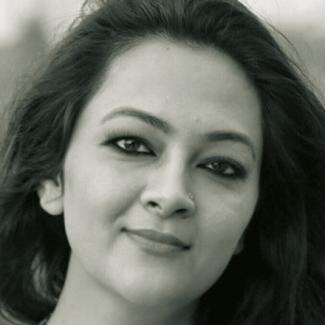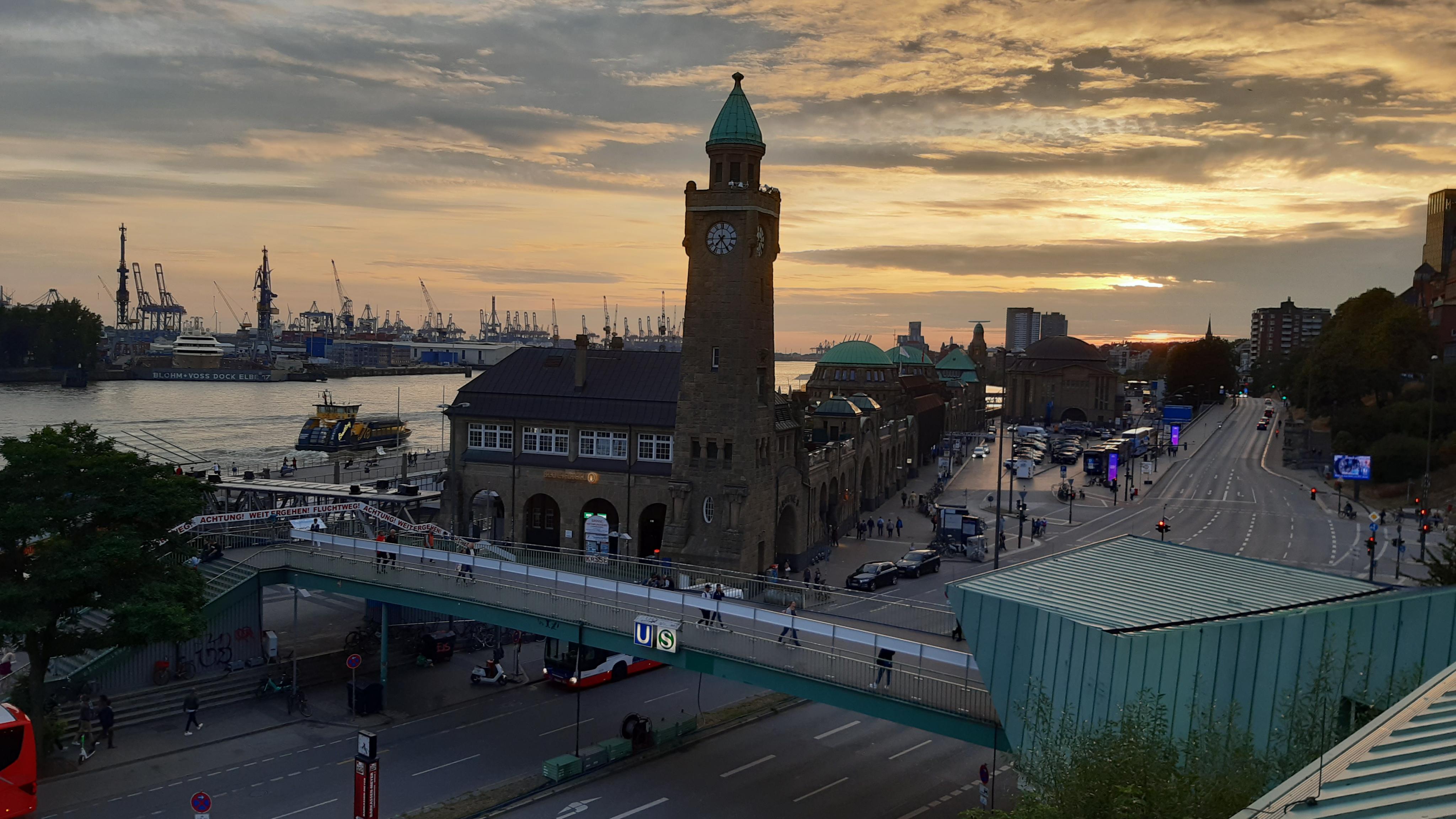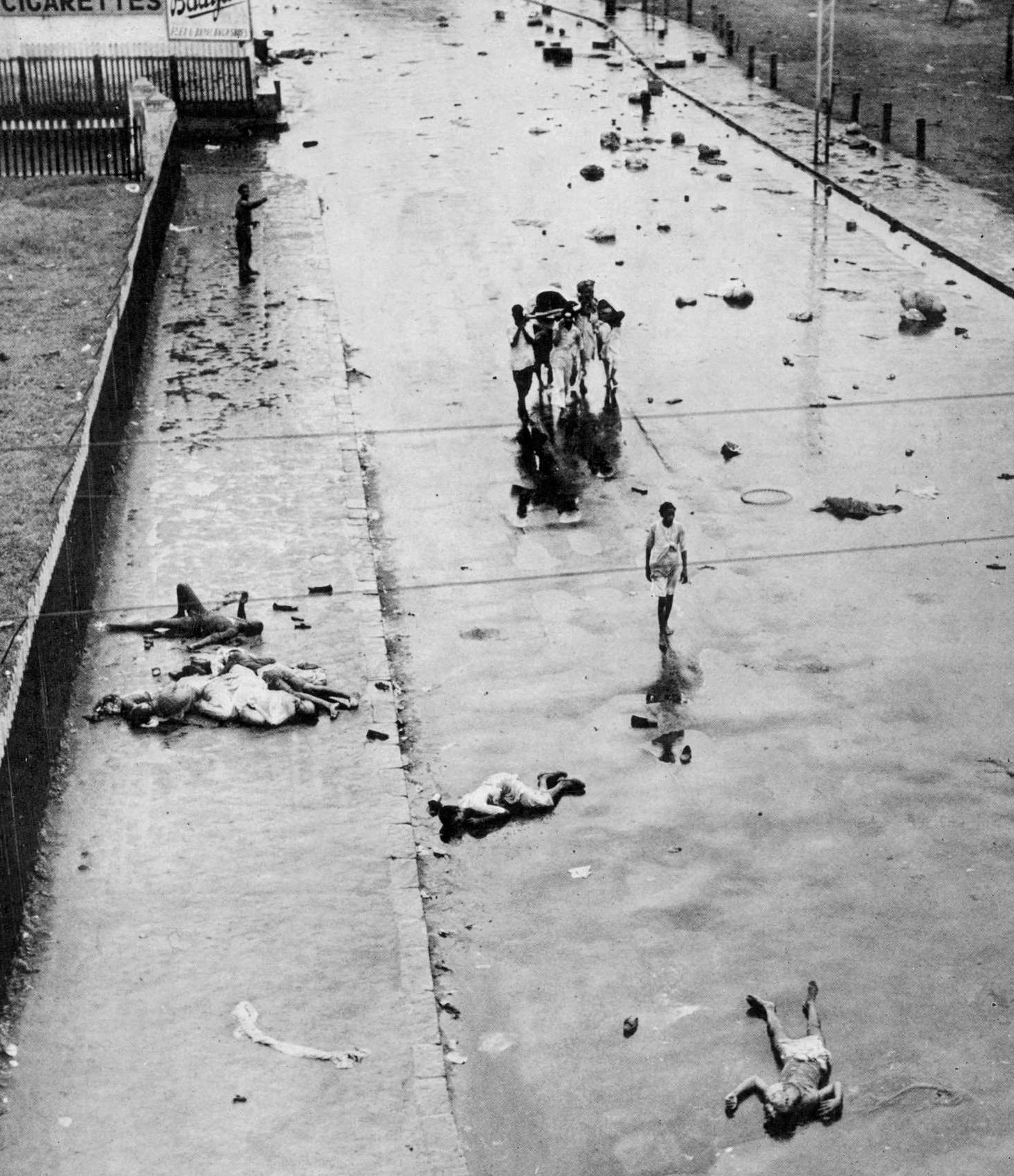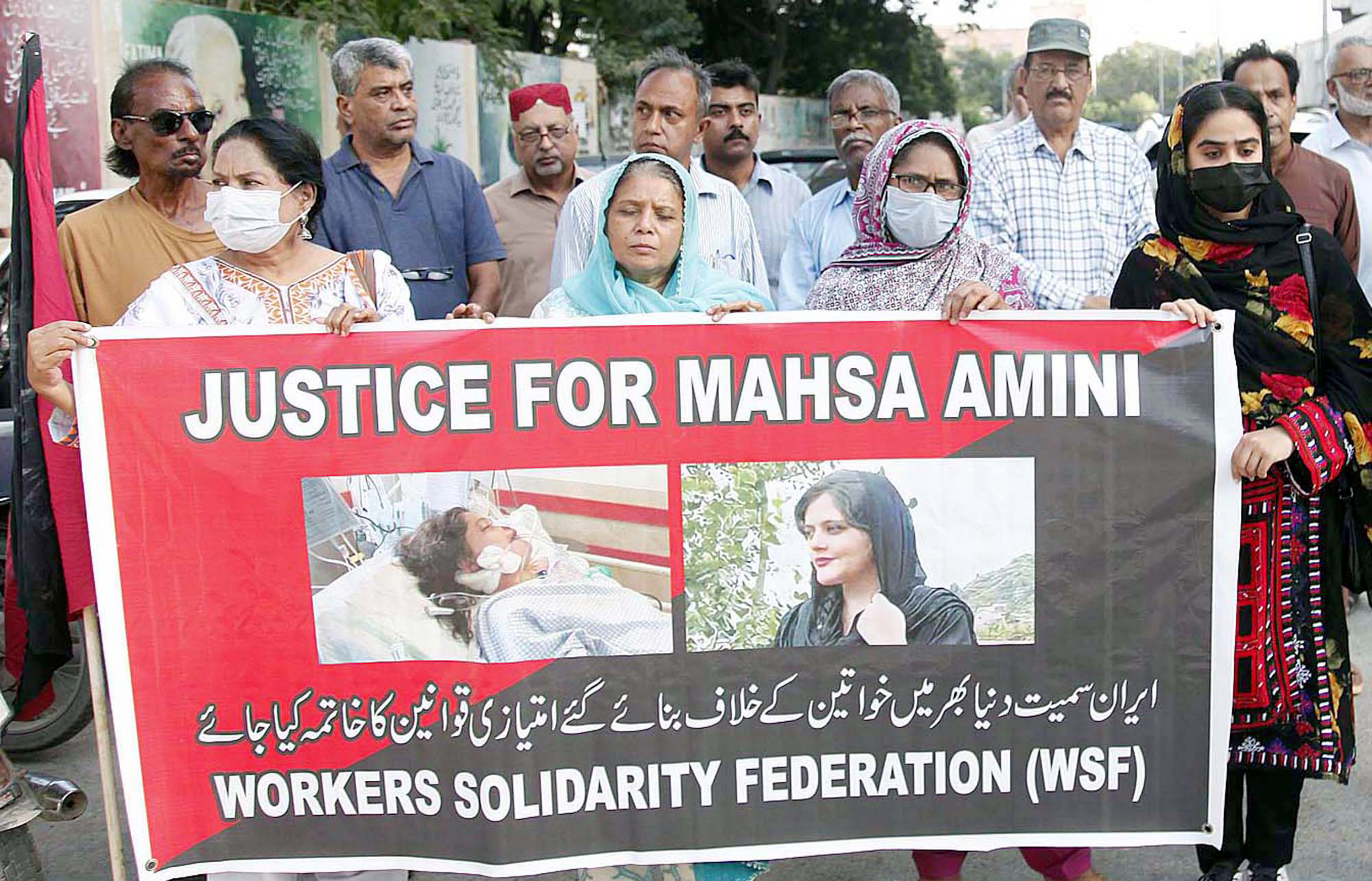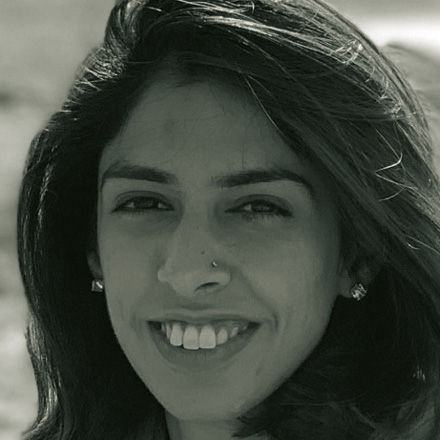Recurring trauma
Feelings of aggravation
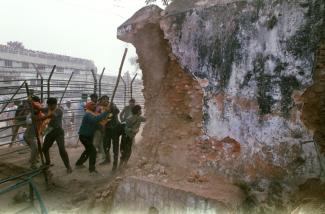
What did you experience on 6 December 1992?
I was 12 years old, and I was lucky to survive. I am from a Muslim family. Tensions had been building up for some time, and many of our Muslim neighbours had already fled. My father, however, believed in India’s secular constitution. He only realised after the riots had started that we had to flee. For a while, my baby brother and I were separated from our family. It was only after several hours that I could reach a community relief camp where we were safely reunited with our family. This frightful night overshadows my entire life.
The event triggered riots all over India, so frightful memories must overshadow the lives of all Indian Muslims.
Yes, after I published a summary of my personal experience, I got a lot of e-mails in which other people shared their memories. There were riots in Pakistan and Bangladesh too, where Hindus, Sikhs and other religious minorities were attacked. Up to December 1992, many Indian Muslims had put faith in the constitution which forbids religious discrimination. We thought our nation was on a path towards development and prosperity, but since that terrible night, we know that Hindu supremacists have a very different vision. They want India to be a Hindu nation, and some will not shy away from violent means.
The trauma of Ayodhya was preceded by the trauma of partition. After colonial rule, British India was split into Pakistan and India in 1947. Masses of people fled in either direction, and there were brutal massacres on all sides of the borders. To what extent was what happened in Ayodhya a continuity of that previous violence?
Well, the problems started even earlier, as faith-based divisions in the 1920s and 1930s hampered the independence movement. The British had relied on a “divide and rule” strategy. They succeeded in pitting Hindus against Muslims. Nonetheless, Indian Muslims believed that the identity issue was settled after partition. After all, the Muslim community that stayed in India had made the conscious choice to do so, and Jawaharlal Nehru, independent India’s first prime minister, promised a new beginning based on secularism.
After 1992, there was further violence. In 2002, when Narendra Modi, who is now prime minister, was chief minister of Gujarat, a gruesome anti-Muslim pogrom took place there. Hindu pilgrims had died in a burning train, fanatics accused Muslims of arson and took revenge.
Yes, that was terrible. However, state institutions generally still endorsed secularism, and we hoped things would eventually improve. Muslims and Hindus often viewed one another with suspicion, but at the grassroots level the communities often got along in peace. They actually still do in many places, but since Modi became prime minister in 2014, things have deteriorated fast. Modi’s party, the BJP, belongs to a broad-based network of Hindu supremacist organisations. At its centre is the RSS, an authoritarian cadre-based organisation. According to its ideology, India must be a Hindu nation. Narendra Modi himself is an RSS member. His government’s hard-line stance has become more overt and aggressive after he was confirmed in office in last year’s general elections. His party commands an absolute majority in the national parliament even though it won less than 40 % of the vote. Its candidates, however, came in first in many constituencies.
The irony is that Modi claims to make India strong, but his policies are not earning the country more respect internationally. The plain truth is that my-nation-first attitudes tend to weaken a nation’s international influence. That is even true of Donald Trump’s USA.
Well, the general public in India does not have a solid understanding of international relations. This is a huge country, and only very few people get a good education. Opinions tend to be shaped by whatever narrative is currently dominant. It is scary that misguided rhetoric of “national strength” resonates with so many people. They are falling for how the supremacists are redefining their own religion. Historically, Hinduism was tolerant, non-violent and syncretic, which means accepting other religious practices and belief systems as spiritually valid. Instead, Hindu supremacists are turning the faith into a tool of exclusion.
They obviously long to overcome a feeling of inferiority by exerting power. Is that longing rooted in colonial history?
I am sure it plays a role, but it is fascinating that the Hindu supremacists never speak of British rule as Christian rule, while they always call the Mughal Empire Muslim rule. This nomenclature is not by accident but by design to train people to think a certain way.
Does it matter that India was never a united Hindu empire? Ashoka’s empire was Buddhist, and later, there were many different kingdoms which adhered to different religions, including different varieties of Hinduism. “Hinduism” itself is actually a word that was created by outsiders to label the diverse religious practices that are connected to Vedas, the holy scriptures that only members of the Brahmin caste were allowed to read. Many popular Hindu practices are only loosely related to Vedanta, the knowledge of the Vedas.
Well, Hindu supremacists care less about Vedanta than Hindutva, the dominance of Hinduism as they define the faith. They call anyone who disagrees with them “anti-national”. The scary thing is that their narrative has begun to resonate to some extent with people from the “lowest castes”. The Hindutva ideology cultivates feelings of aggravation and humiliation and promises to heal those wounds by enforcing Hindu supremacy. It may sound illogical but this is the reason why so many of them want 21st century Muslims to be answerable for what medieval Mughal kings did or did not do several centuries ago.
So it is more about taking revenge than solving problems. It is striking that, even though Modi promised to be an economic reformer, he has hardly achieved anything on that front.
No, he did not. Under his rule, economic growth has actually slowed down. He promised millions of new jobs, but failed to make that happen. Nonetheless, in the absence of a strong opposition and a credible alternative, he managed to win re-election last year.
In the winter months, Modi faced unprecedented civil-society opposition. Masses of people rose up in protest against a new citizenship law which discriminated against Muslims. To what extent was this movement a Muslim movement?
Well, the critical mass was Muslim. Many others participated too, including Hindus who believe in secular democracy. As a matter of fact, all Indian minorities have a stake in protecting the constitution. That said, Muslims are more exposed to Hindutva aggression. Adding to their frustration, India’s independent Supreme Court ruled in autumn that a Hindu temple will be built where Babri Mosque used to stand. Litigation had been pending for three decades, and the shocking judgement showed that even judges are influenced by what they call ‘collective conscience’, perhaps another name for majoritarian sentiments.
The Covid-19 pandemic ended the movement. It could not be continued during the lockdown. Will it be revived at some point?
I have doubts. The Modi government and its supporters have been using the lockdown to entrench their position. The media has built a popular narrative that members of the Muslim community have intentionally spread the disease. During the lockdown the government has been arresting people who assumed leadership roles in the protests. It is disturbing, however, that it did not take legal action against high-profile Hindu supremacists who indulged in Islamophobic hate speech immediately before the deadly riots that rocked Delhi in late February.
Most victims of the riots were Muslims. Mosques were set ablaze, but no Hindu temple. Nonetheless, the Hindu supremacists claim that Muslims started what actually looks very much like an anti-Muslim pogrom. As the prominent political scientist Paul R. Brass has been arguing for decades, this kind of violence does not erupt spontaneously. Was it an organised pogrom?
I personally cannot prove it, but according to the Delhi Minorities Commission, the violence was “one-sided and well-planned”. The Commission works under the state government of Delhi, which is not controlled by the BJP. I also find it noteworthy that the rioters used gas cylinders to set buildings on fire. That is difficult to do and shows that they were well trained and equipped. It is terrifying, however, that the Covid-19 lockdown turned out to be an even more effective means of repression than rioting. The terrible truth is that some Indian Hindus have been convinced to some extent that, to feel strong, they need to see Muslims suffer.
Arfa Khanum Sherwani is senior editor with the independent Indian news website TheWire.
Twitter: @khanumarfa
TheWire: https://thewire.in/
